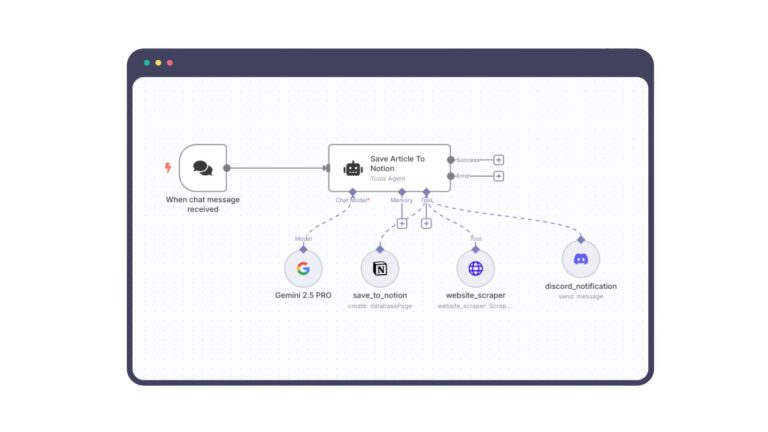According to IBMs Data Breach Report, The average cost of a healthcare data breach reached $10.93 million in 2023, the highest among all industries. As health tech companies manage increasingly sensitive patient data, embedding privacy principles directly into the design and development process is no longer optional—it’s a necessity.
1.Building privacy into product development workflows
The essence of Privacy by Design lies in treating privacy as a fundamental requirement rather than an afterthought. Privacy by Design (PbD) is a proactive approach that ensures data protection measures are integrated at every stage of a product’s lifecycle.
- Proactive Measures
- Incorporate privacy considerations into the ideation phase of product development, Identify the types of personal data your product will collect and the regulatory requirements (e.g., GDPR, HIPAA) that apply.
- Perform an initial Privacy Impact Assessment (PIA) to map data flows and assess privacy risks as well as engage legal, compliance, and engineering teams early to identify privacy risks and mitigation strategies.
- Key Design Principles
- Data Minimization: Design workflows to collect and store only the data necessary for functionality.
- Purpose Limitation: Ensure that data is used strictly for the stated purpose.
- Transparency: Develop clear, user-friendly interfaces for privacy settings.
- Anonymization and Pseudonymization: Build mechanisms to anonymize or pseudonymize sensitive health data wherever feasible.
- Secure Defaults: Set privacy-friendly defaults, such as opt-out for data sharing.
-
Examples: Designing apps that prioritize encryption and user control.
Apple’s Health App Ecosystem
- Privacy Integration:
Apple’s Health app exemplifies Privacy by Design, as it empowers users with control over their health data.- Data Minimization: The app collects only the data necessary for its functionality, and data processing occurs primarily on the device rather than the cloud.
- User Control: Users can choose what data to share with third-party apps, with clear permissions settings.
- Impact:
Apple’s privacy-first approach has set a standard in the industry, earning consumer trust and regulatory approval globally. The company’s strict privacy policies have helped avoid data breaches and regulatory penalties.
3. Tools and Frameworks for Continuous Privacy Compliance
To operationalize Privacy by Design, health tech companies can leverage several tools and methodologies:
- Privacy Impact Assessments (PIAs):
- Conduct PIAs during the development of new products or features to identify potential privacy risks and recommend mitigation measures.
- Example: Before launching a health data analytics feature, perform a PIA to evaluate compliance with GDPR’s data processing requirements.
- Secure Development Lifecycle (SDLC):
- Integrate security and privacy checks into every phase of the SDLC, from coding to testing and deployment.
- Data Protection Tools:
- Use privacy-enhancing technologies (PETs) such as anonymization, pseudonymization, and tokenization to safeguard sensitive data.
- Example: An AI diagnostic tool employing pseudonymized patient data ensures privacy while training machine learning models.
- Compliance Automation Platforms:
- Platforms like OneTrust or TrustArc can help streamline compliance efforts by managing consent records, data inventories, and third-party risk assessments.
Privacy by Design is not merely a best practice but an essential component of sustainable growth in the health tech industry. By embedding privacy into development workflows, leveraging tools like PIAs, and adopting user-centric design principles, health tech companies can build trust while ensuring compliance. In the process, they contribute to a safer, more privacy-conscious digital health ecosystem.








